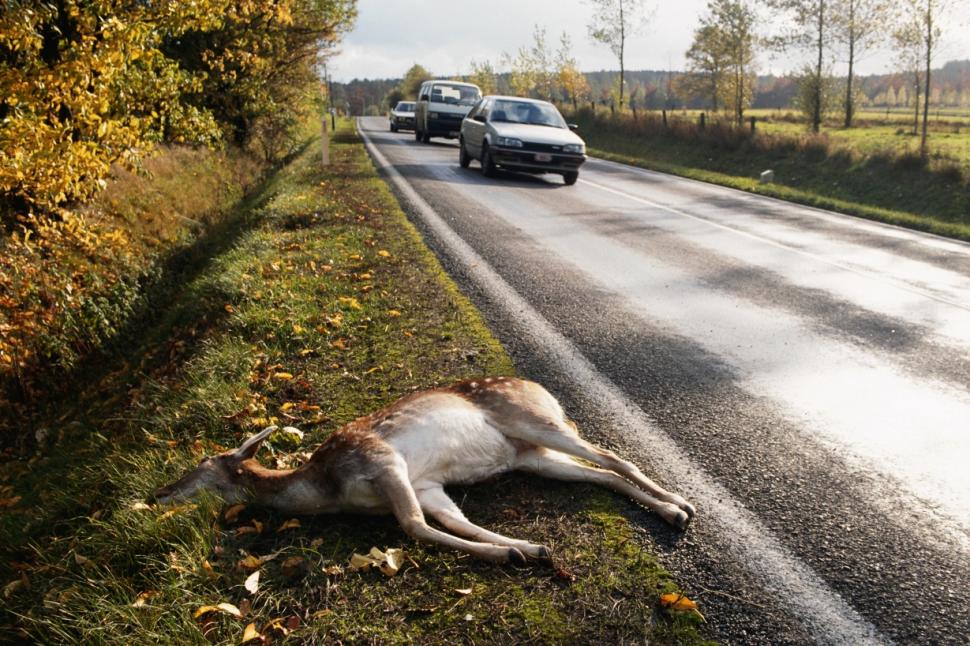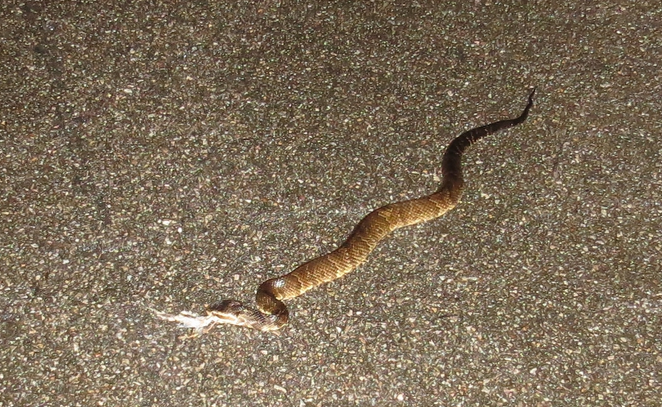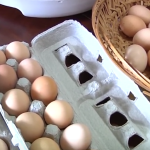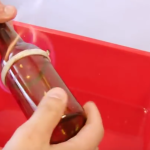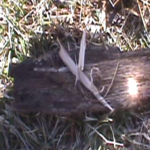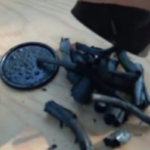Road kill presents a wonderful and easy opportunity to cash in on a meal. However, there are some inherent risks associated with partaking of this option. Not every kind of animal is suitable for consumption, and it’s also important to assess whether a particular find is safe to clean, prepare and enjoy. Here are a few things to look out for as you evaluate whether or not the carcass that you see on the side of the road is worth taking home for your next meal.
The first and most important step is to see what kind of animal it is. You don’t want to eat cats, dogs or rats. They do not taste good and may contain organisms that are harmful to human health. The consumption of certain animals may also be prohibited by federal, state or local laws. The last thing that you need is to encounter an opportunistic cop who will cite you once they find out that the animal in the bed of your or trunk is on those one of those lists.
The second step is to evaluate the carcass to determine if it is worth picking up, transporting, cleaning, cooking and consuming. You want to avoid animals that are flattened, have sustained internal injuries, are resting in a pool of blood or infested with flies. The presence of flies can indicate that they have laid eggs in the meat, and the kill can be infested with maggots. However, the presence of fleas is a good sign because it indicates that the meat is fresh. Fleas will rest in the hair of the animal, which is easy to remove. Just remember to remove it outside and wear protective clothing to avoid the critters from jumping onto your hair on your head or skin.
An animal that has sustained injuries to their internal organs can have tainted meat that will make it taste horrible. Animals that have been broadsided are more likely to have significant organ damage as opposed to those who have been hit head-on or from behind. However, this is not always the case, and you want to evaluate each animal carefully to ascertain whether or not it is suitable for consumption.
Another test is to look at the color of the blood. Avoid animals that have the presence of dark and thick blood. This is an indication that the animal is either unhealthy, has been dead for a long time or has sustained serious internal injuries. Look for blood that appears lighter, fresh and moist. Dried blood is also an indication that the animal has been dead for a while.
You also want to examine the quality of the carcass. Avoid roadkill that is stuck to the ground, feels dry to the touch or simply appears to be in poor condition. The best quality carcasses will be soft and still warm, but temperature is not necessary an accurate gauge of freshness. You should be able to use your own judgment and ascertain whether a carcass looks like it is good to eat. Go with your gut and follow your instincts. If you are in doubt, leave it alone.
Finally, it is imperative that you wear protective gloves and place the animal on a surface that can be sanitized later or in a plastic bag or tarp. You want to avoid coming into contact with disease, bacteria, viruses or other impurities that can be harmful to your health. It is also important that you avoid the threat of cross-contamination as well.
Once you have chosen the carcass and brought it home, clean and gut the animal outside so that you minimize the threat of bringing contaminants into the home. Also, make sure that you thoroughly cook the meat and clean cooking surfaces and utensils afterwards as well. You can store the meat by freezing if you have a healthy animal, however it is always best to cook and consume the meat right as soon as possible just to be on the safe side.
Also, consider the size of the animal when determining whether or not to take the time to clean and cook its meat. Smaller animals may not be worth the effort since you will not get a lot of meat from their carcass. However, in a survival situation, even a dead raccoon or squirrel can be a blessing you might not want to overlook.


